In a world saturated with imagery, your Unique Style in Photography is your fingerprint. It is the aesthetic, emotion, and perspective that defines your voice as a visual storyteller. Whether you’re new to photography or evolving as a seasoned creator, discovering and refining your style is an empowering journey.
This complete guide walks you through everything you need to know: from identifying influences to aligning your gear with your artistic vision. Let’s embark on this creative expedition.
1. Why a Unique Style in Photography Matters
Your unique style gives your work a recognizable identity. It builds trust, sets expectations, and helps your audience emotionally connect with your visuals. More than just “looking good,” your style should:
- Communicate a consistent message or feeling
- Help you stand out in a saturated market
- Attract the right clients or followers
- Inspire you to keep creating
A strong photographic style is as much a reflection of your personality as it is of your technique.
2. What Defines a Photographic Style?
A photographic style is not a single effect or filter—it’s a collection of consistent choices. These include:
- Subject matter: What you love to photograph
- Color palette: Warm tones, cool hues, black and white
- Lighting: Natural, dramatic, moody, harsh, soft
- Composition: Minimalist, layered, symmetrical
- Post-processing: Bold edits, light touch, filmic looks
Each of these elements reflects your creative priorities.
3. The Myth of Originality: Why Influence is Not Imitation
No one creates in a vacuum. Every artist is inspired by someone else. The key is to:
- Learn from those you admire
- Understand why their work resonates
- Blend influences with your own experiences
Originality often emerges from embracing inspiration and transforming it into something personal.
4. Understanding Yourself as an Artist
Self-awareness is the bedrock of style. Ask yourself:
- What emotions do I want my work to evoke?
- What values or themes matter to me?
- When do I feel most inspired or fulfilled?
Consider journaling or creating mood boards that reflect your identity outside photography.
5. Analyzing What Inspires You (and Why)
Build a habit of studying work you love. Ask:
- What visual elements stand out?
- Do I connect with the subject or story?
- How would I approach this differently?
Use platforms like Pinterest, Behance, and Instagram for inspiration boards.
6. Choosing the Right Gear to Support Your Vision
Your gear doesn’t define you—but it should support your style. Consider:
- Lenses: Prime lenses for shallow depth, wide angles for storytelling
- Camera bodies: Mirrorless for speed and silence, DSLR for control
- Accessories: Filters, lighting kits, reflectors
For example, minimalists often prefer fixed focal lengths. Street photographers might favor compact systems.
7. Mastering Technical Consistency Without Limiting Creativity
Consistency doesn’t mean repetition—it means cohesion. Focus on:
- Exposure: Understand the exposure triangle
- White balance: Keep it deliberate
- Focus: Decide whether you love tack-sharp images or dreamy blur
Build muscle memory around your camera’s settings so they become intuitive.
8. How Color, Light, and Composition Shape Your Style
These core elements define visual impact:
- Color: Choose a palette that reflects your mood or brand
- Light: Learn how to use shadows and highlights intentionally
- Composition: Use lines, space, and symmetry deliberately
Revisit your favorite images and look for recurring patterns.
9. The Role of Subject Matter in Building Visual Identity
Your subject says as much about you as your technique. Consider:
- Landscapes, people, city life, abstract forms
- Do you gravitate toward chaos or calm?
- Are your stories intimate or expansive?
Your subject is the canvas on which your style is painted.
10. Using Editing and Post-Processing as a Creative Tool
Editing brings style to life. Consider:
- Do you prefer natural edits or surreal looks?
- Do you use presets, LUTs, or custom workflows?
- Are your edits color-driven, texture-driven, or minimalist?
Create a repeatable editing process for consistency.
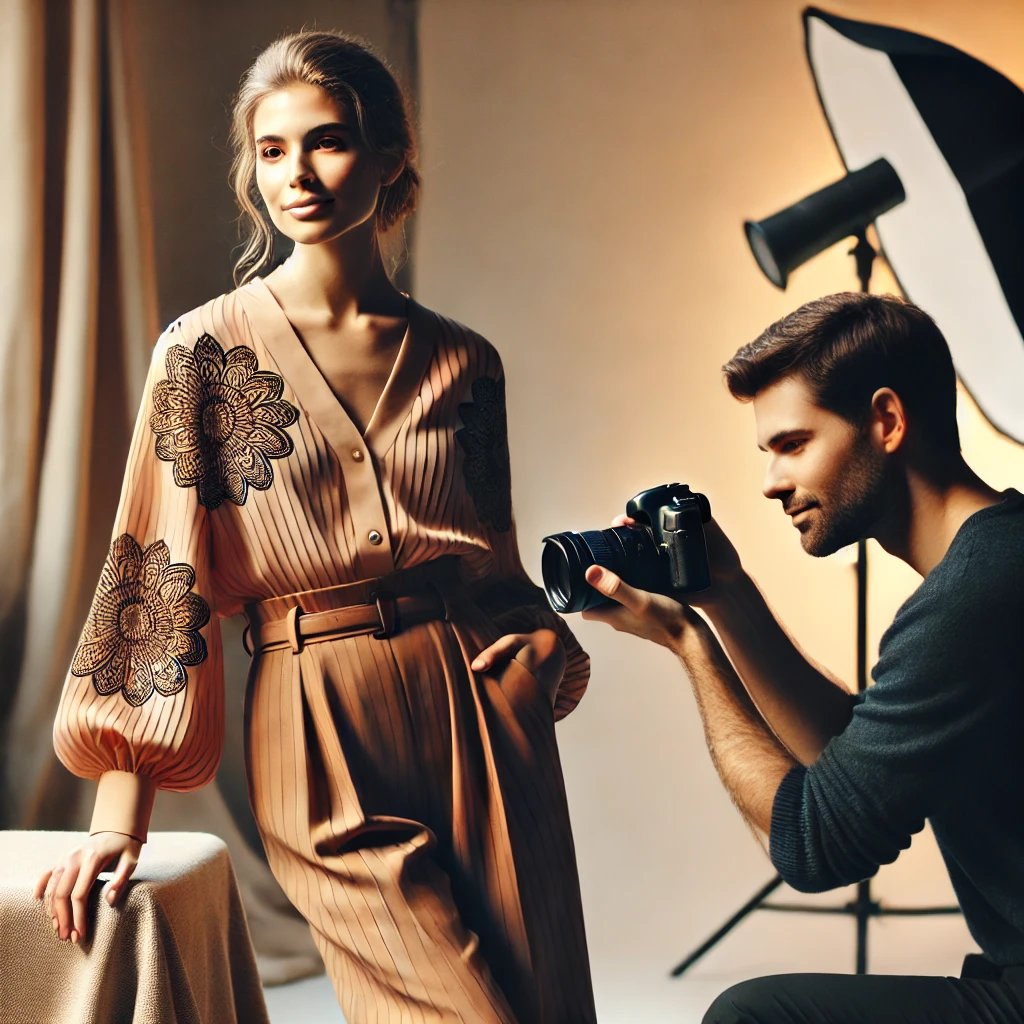
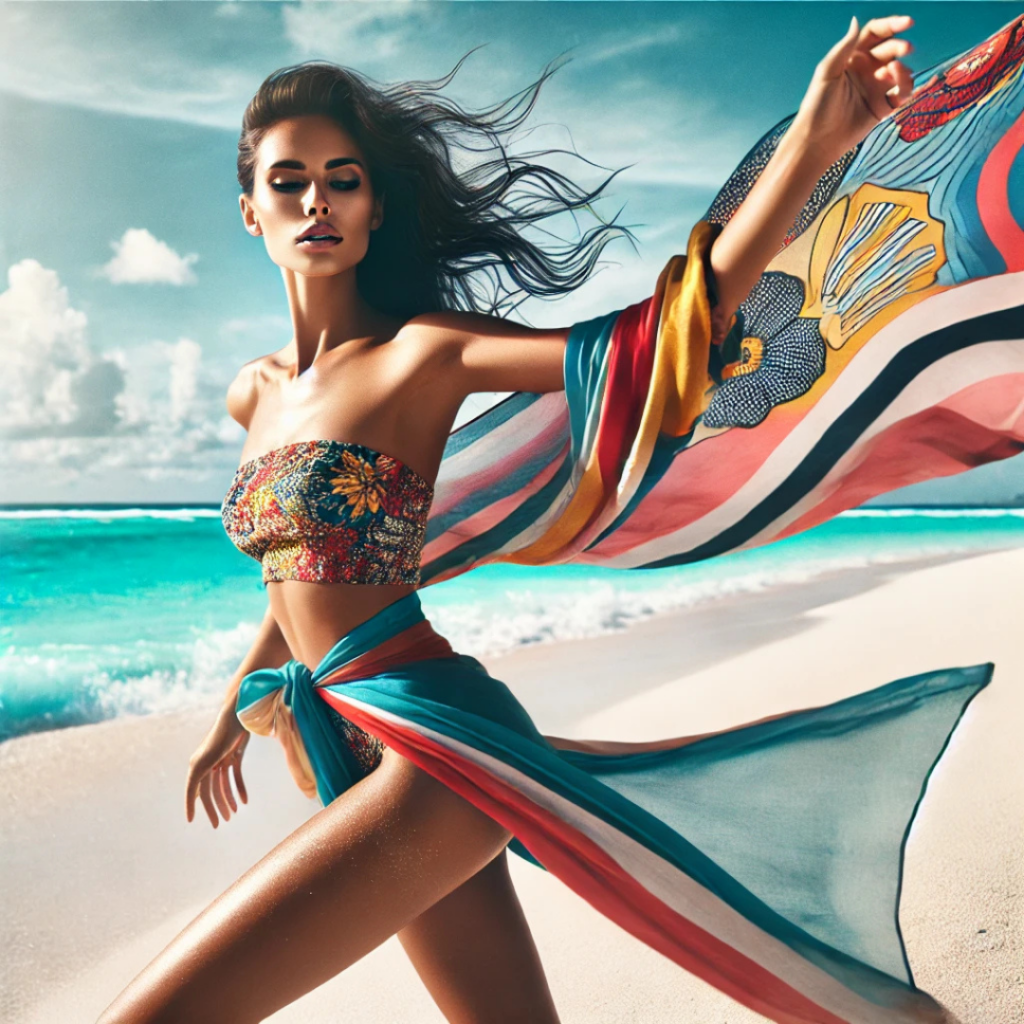

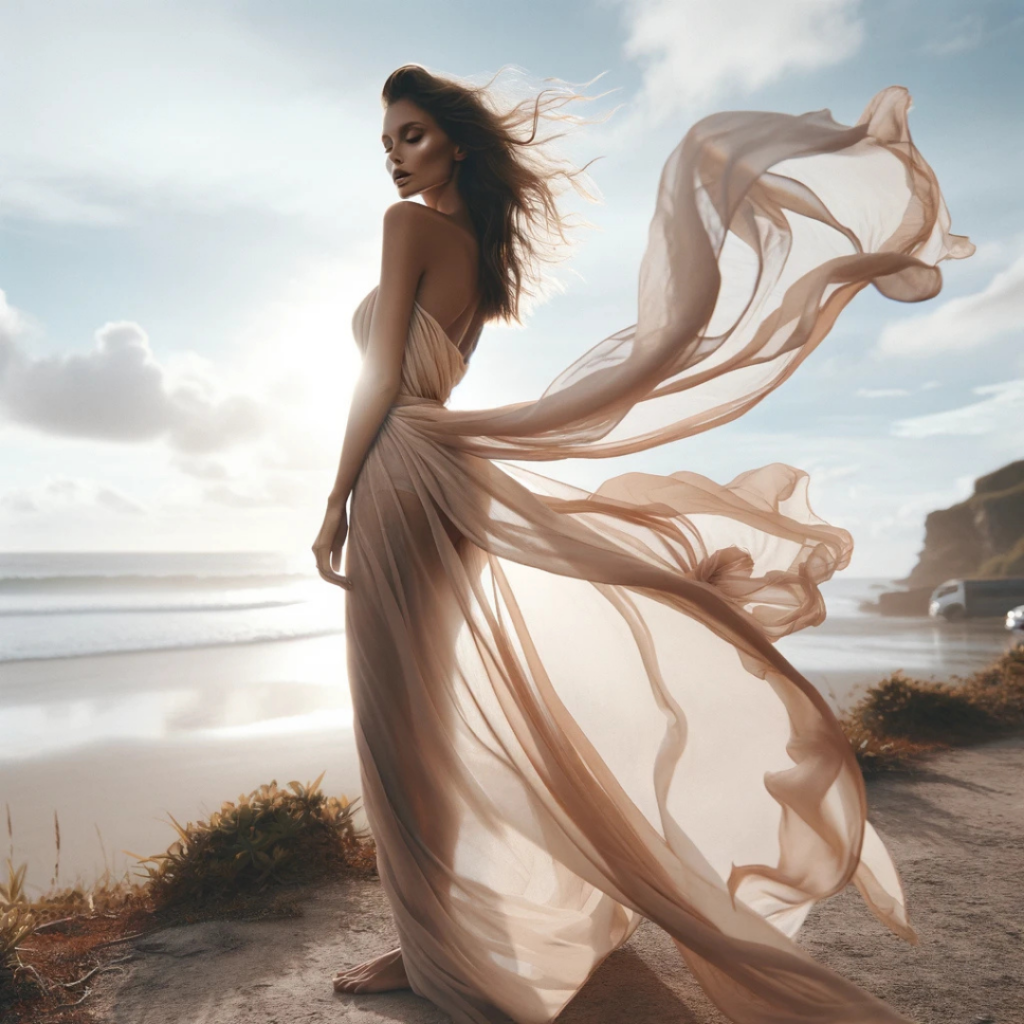
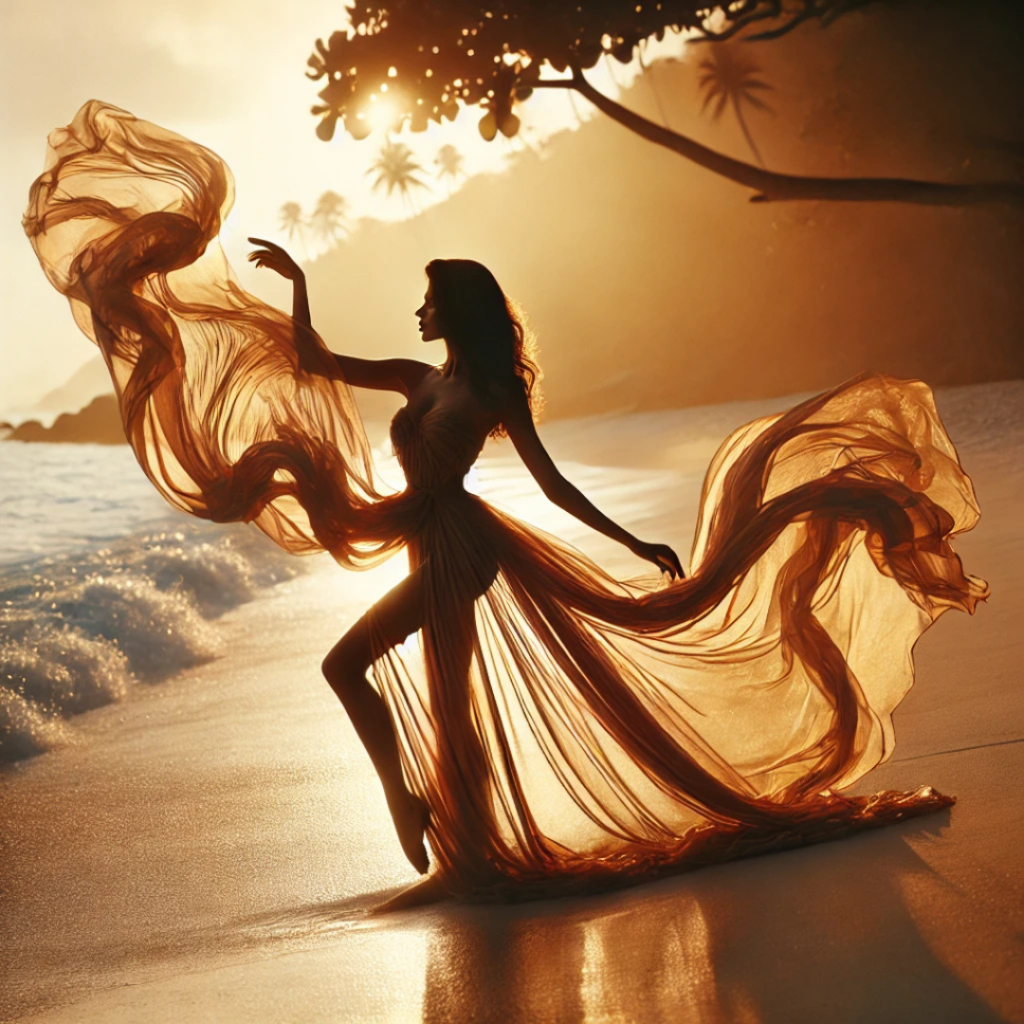
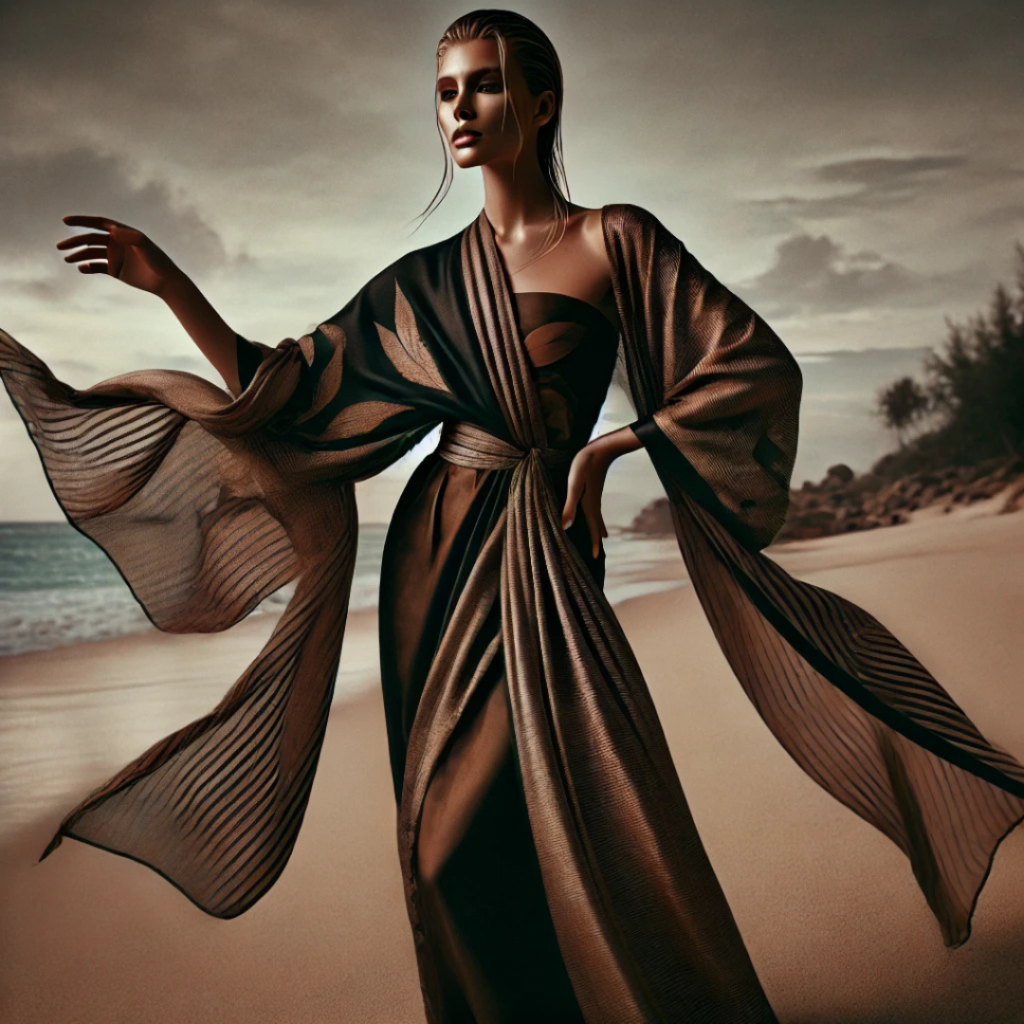
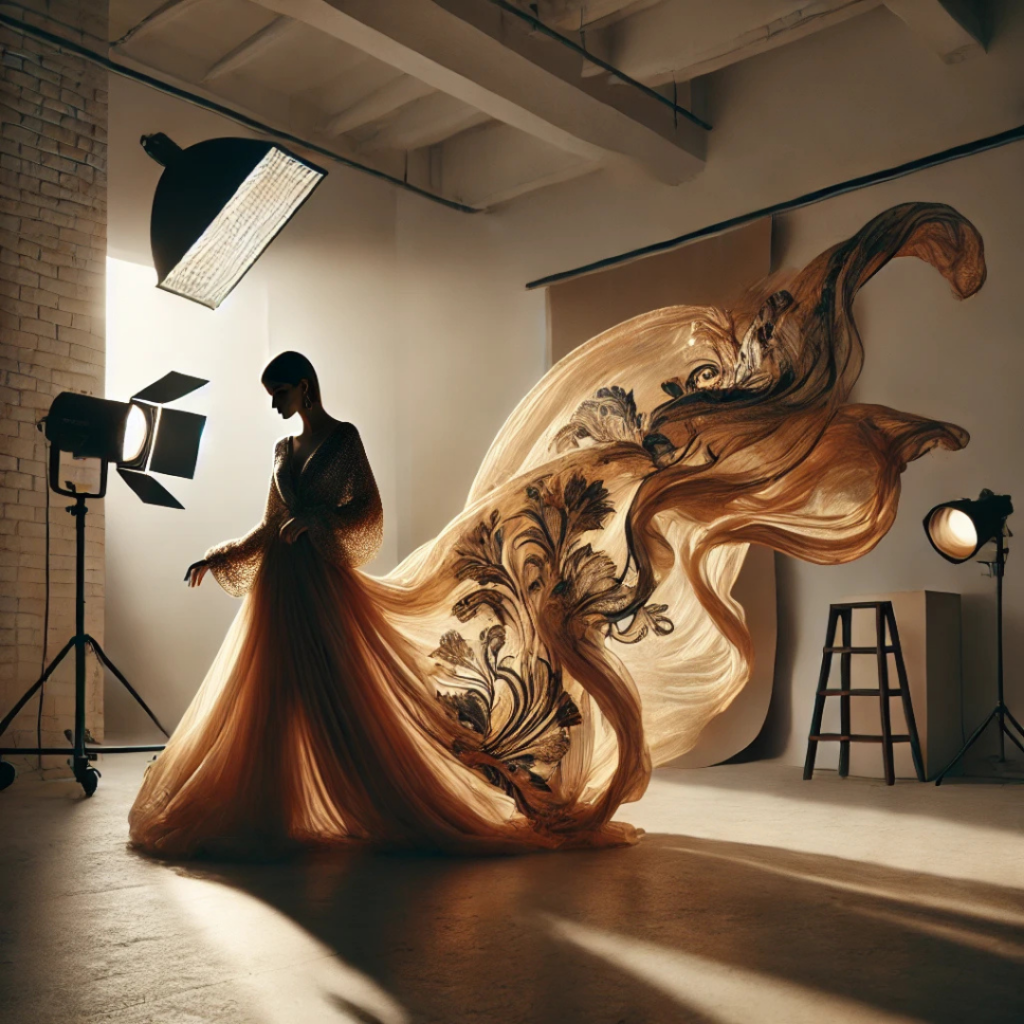

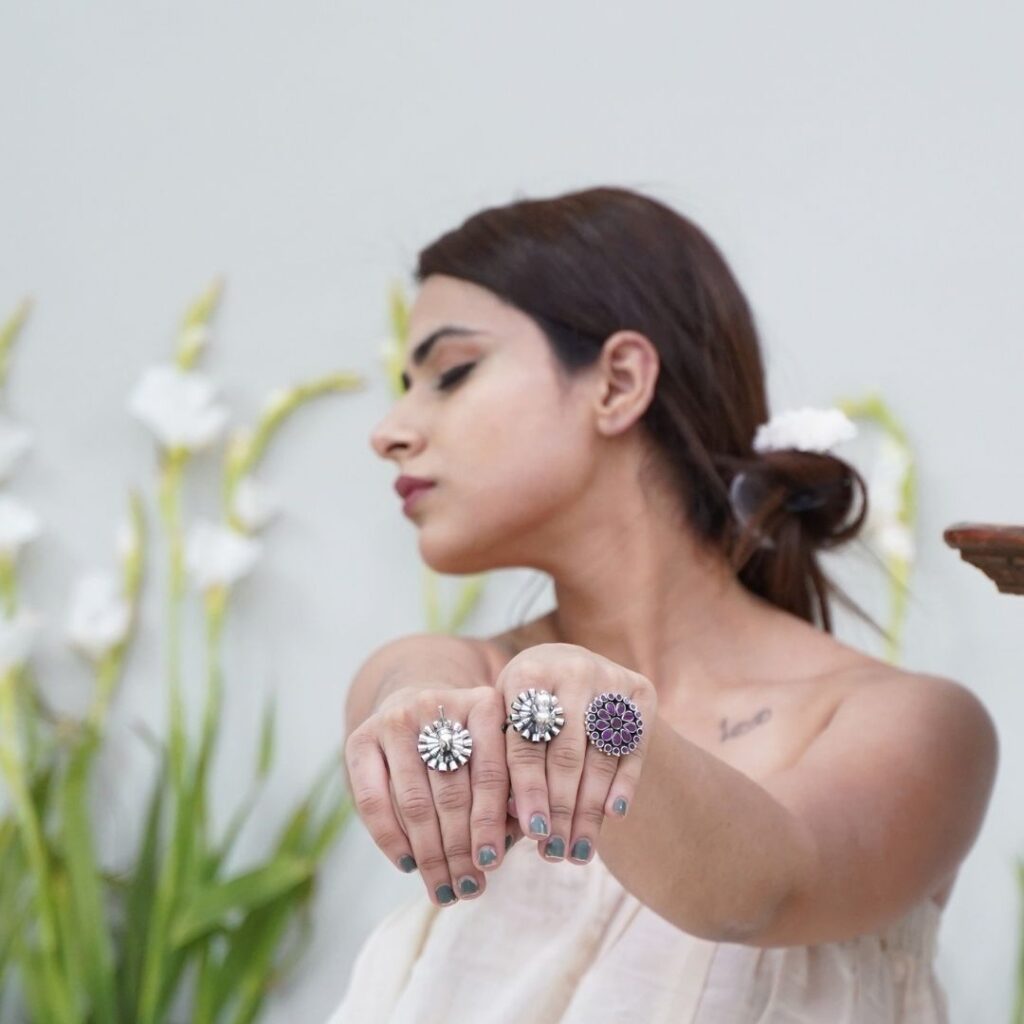
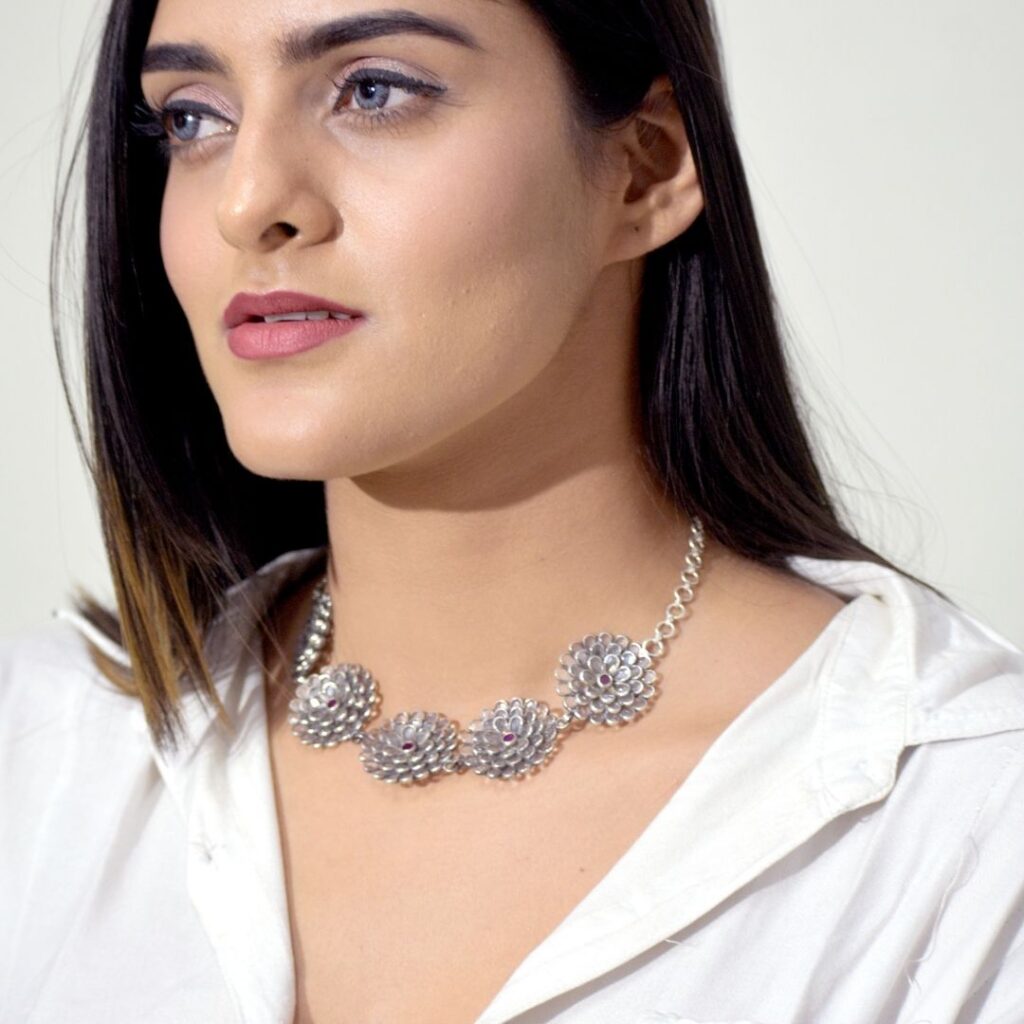
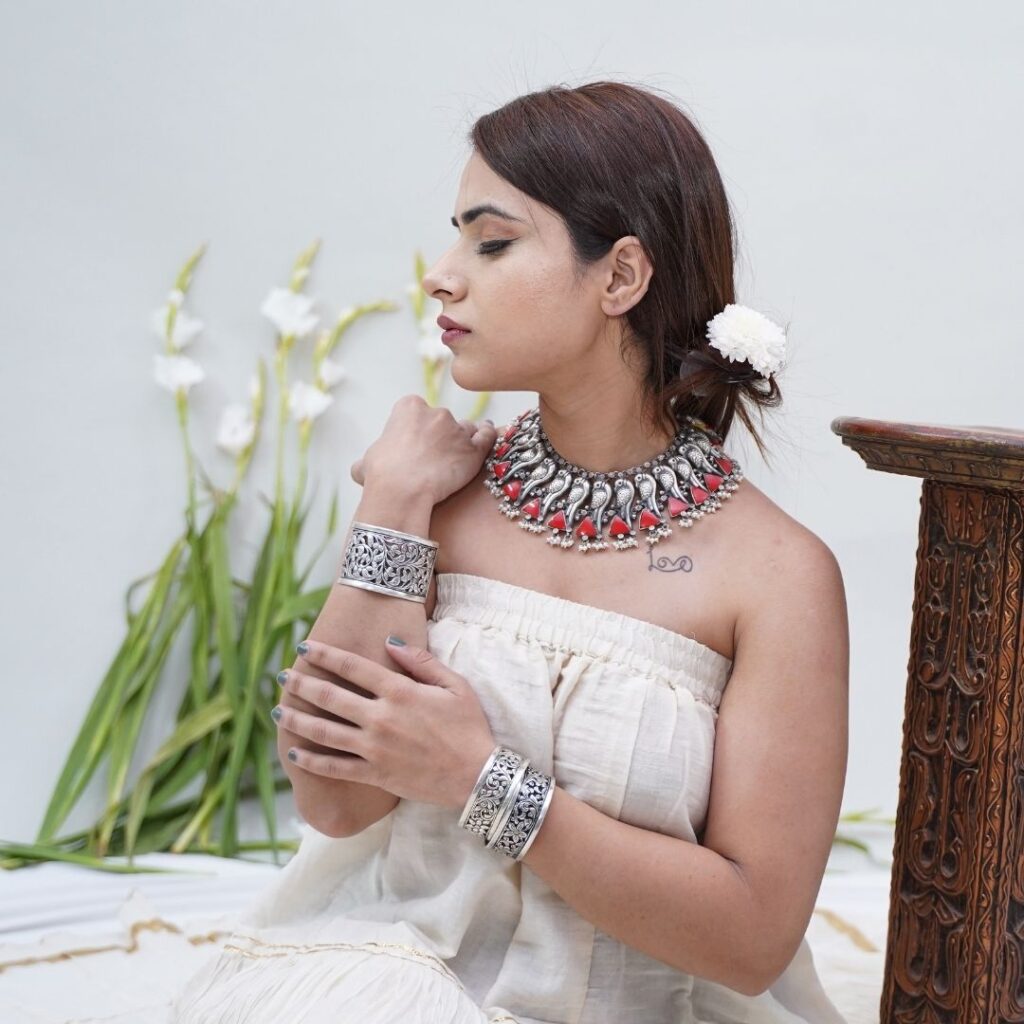


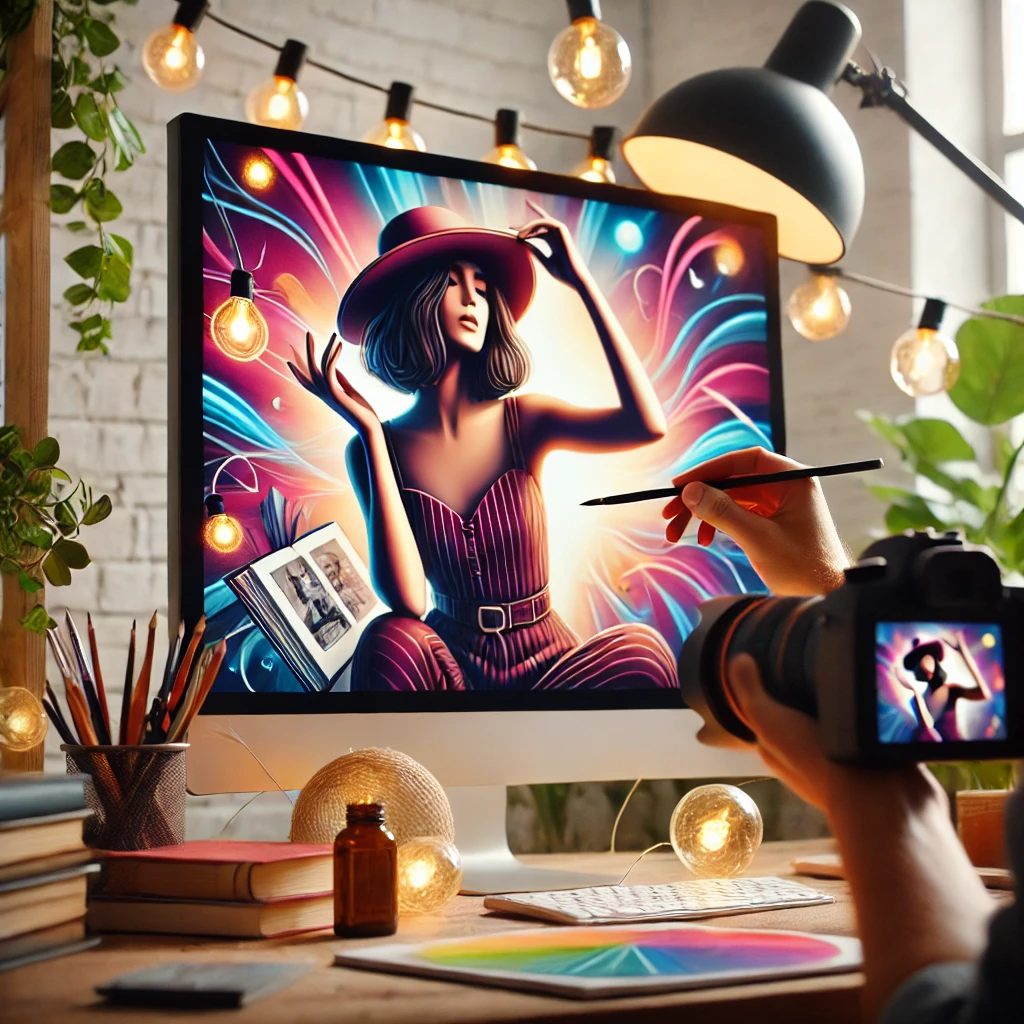
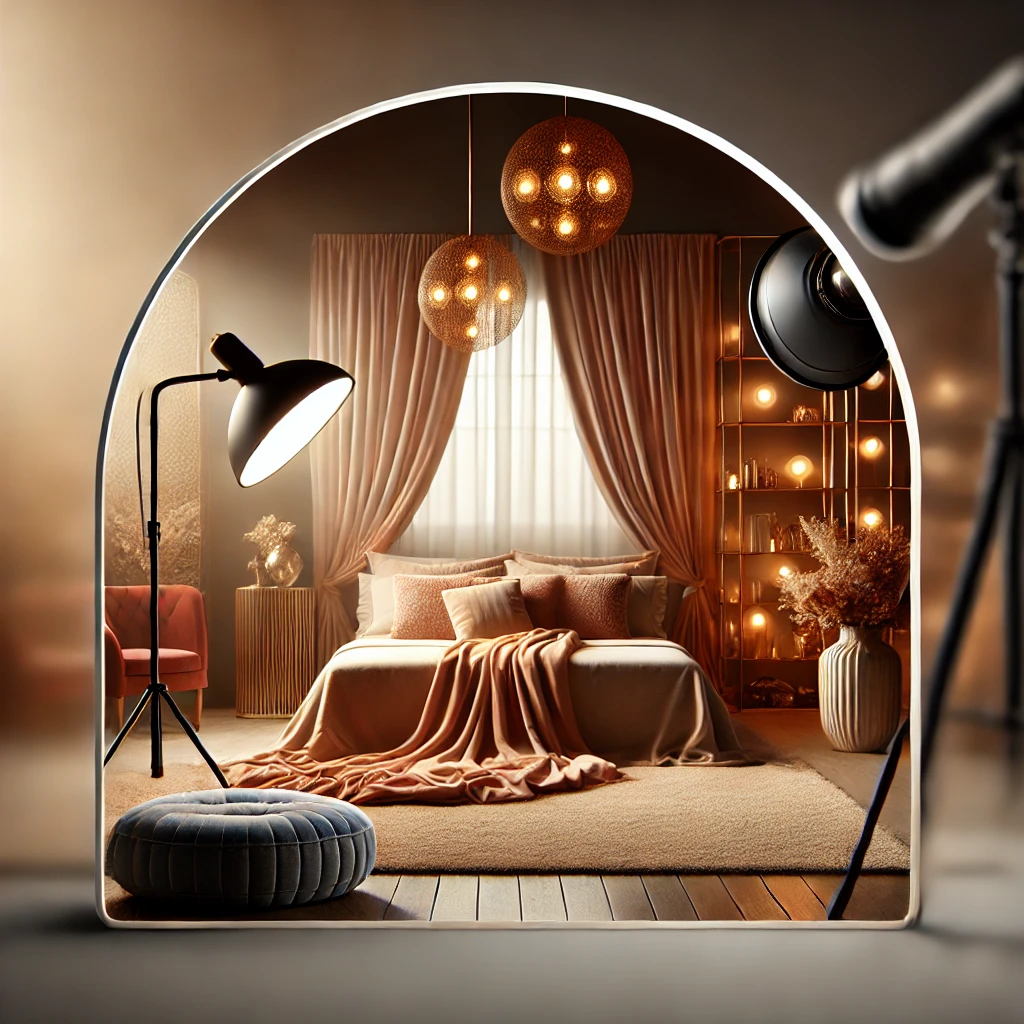
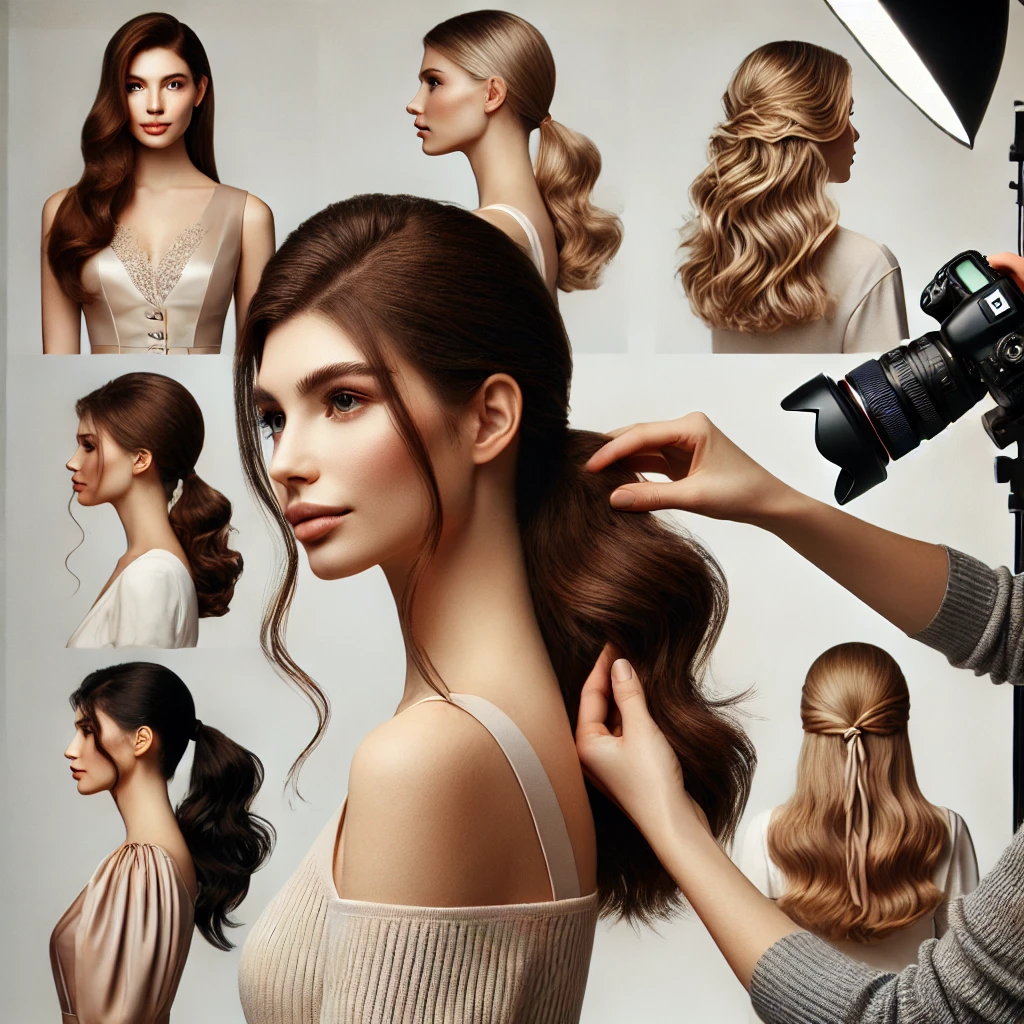

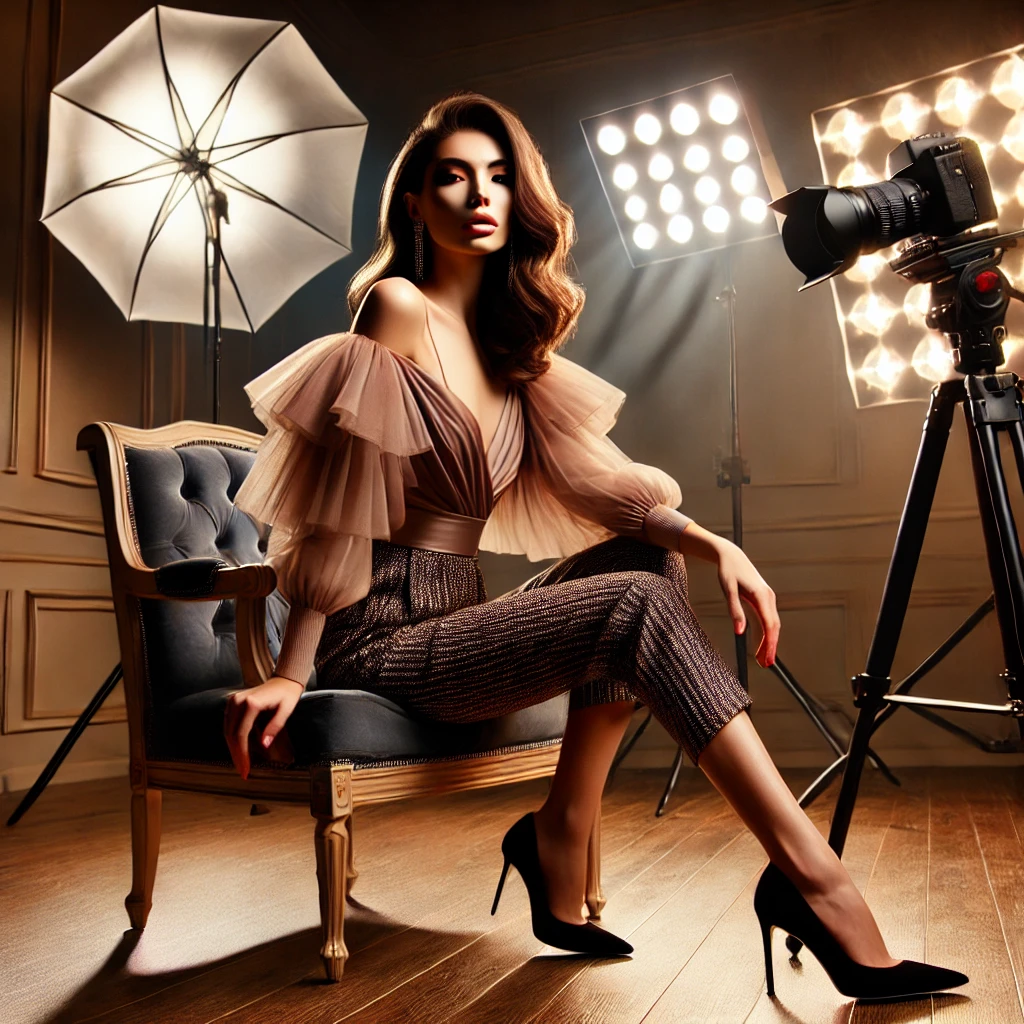
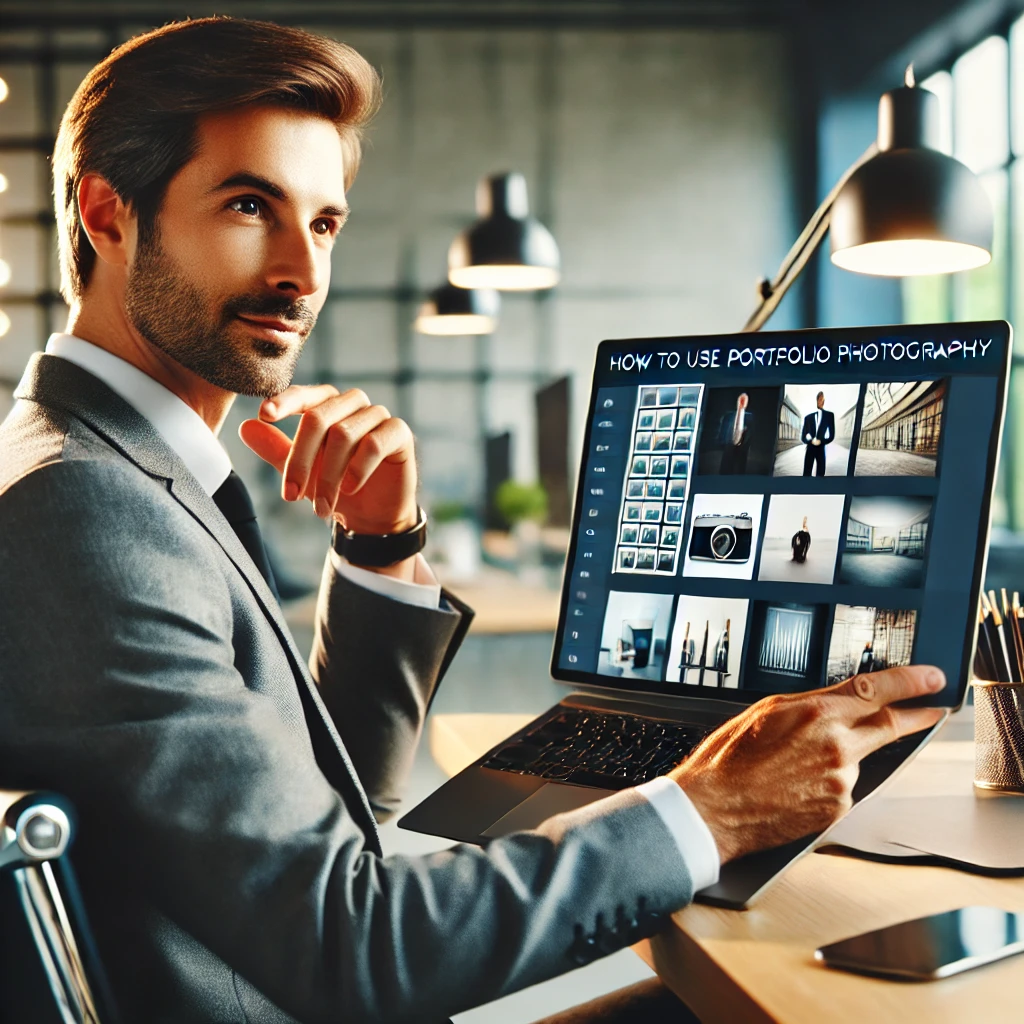
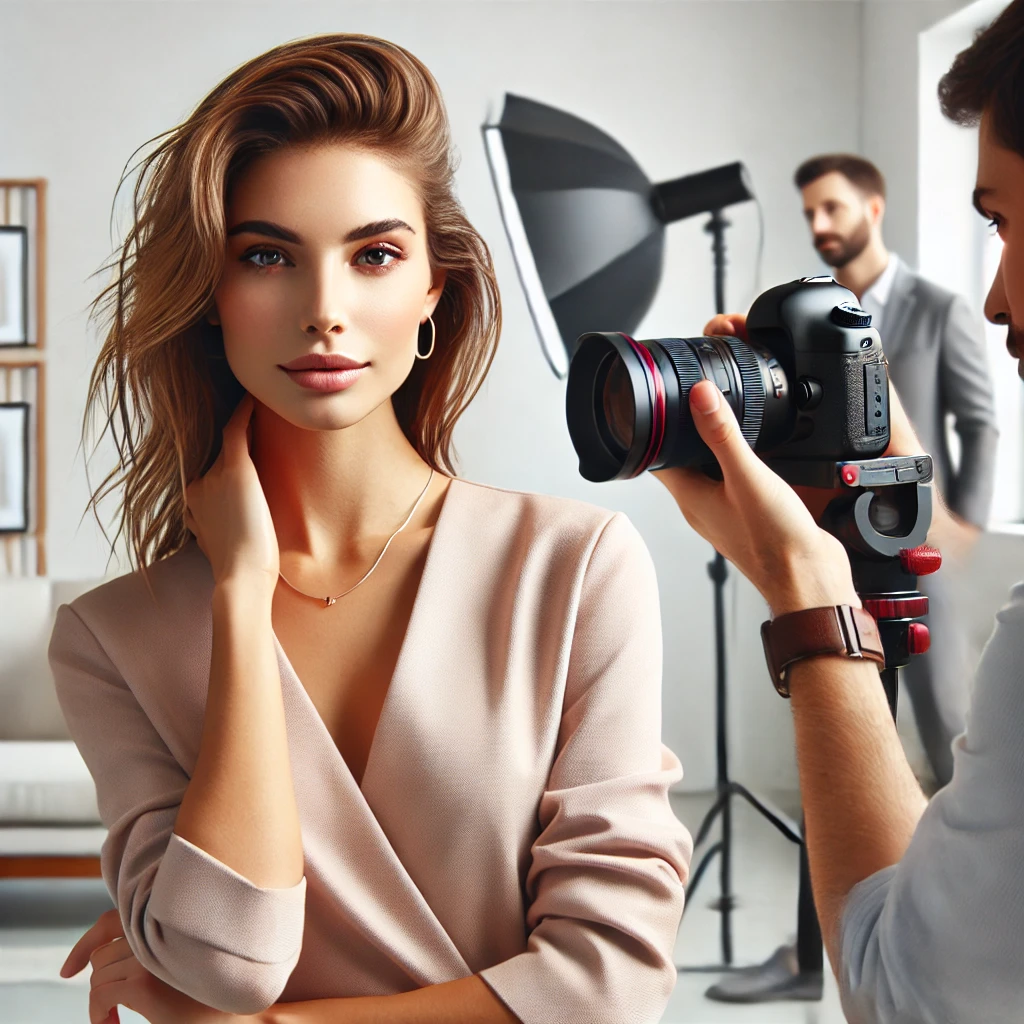
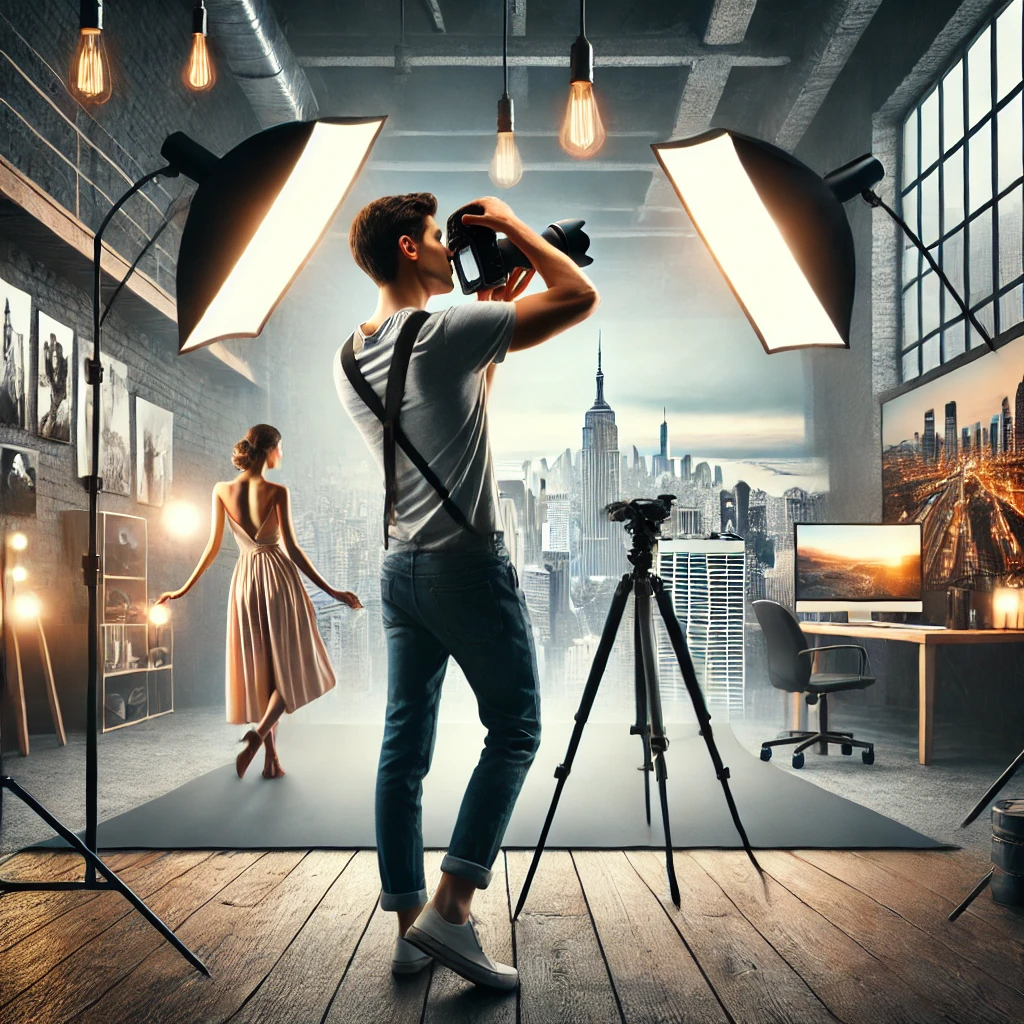
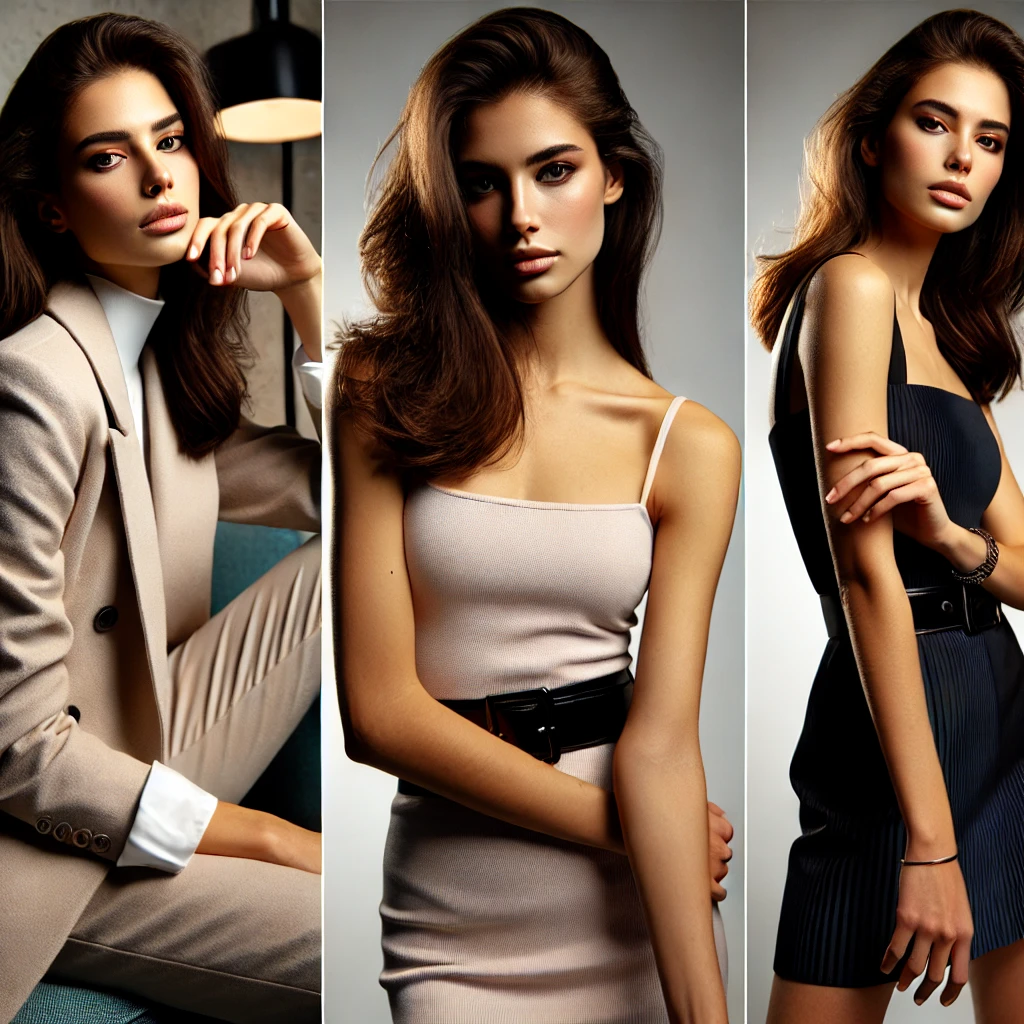

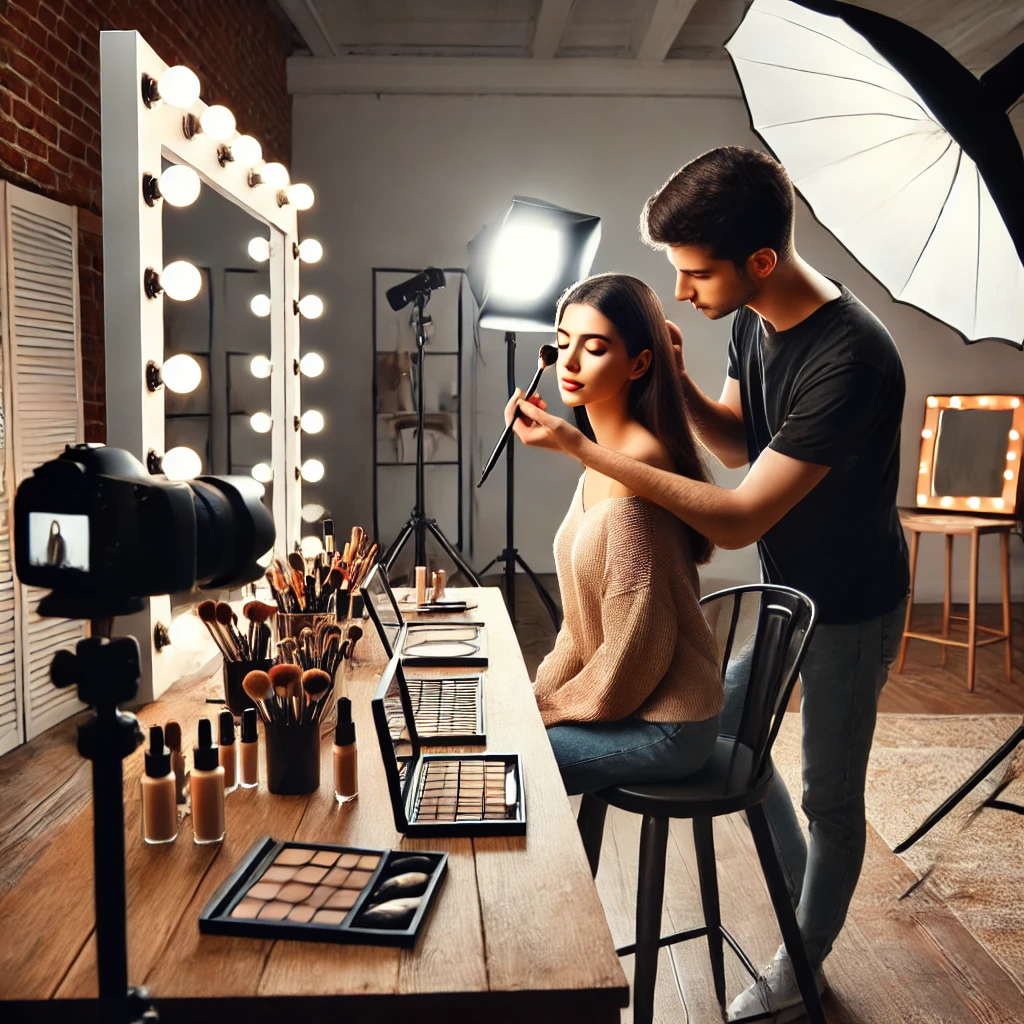
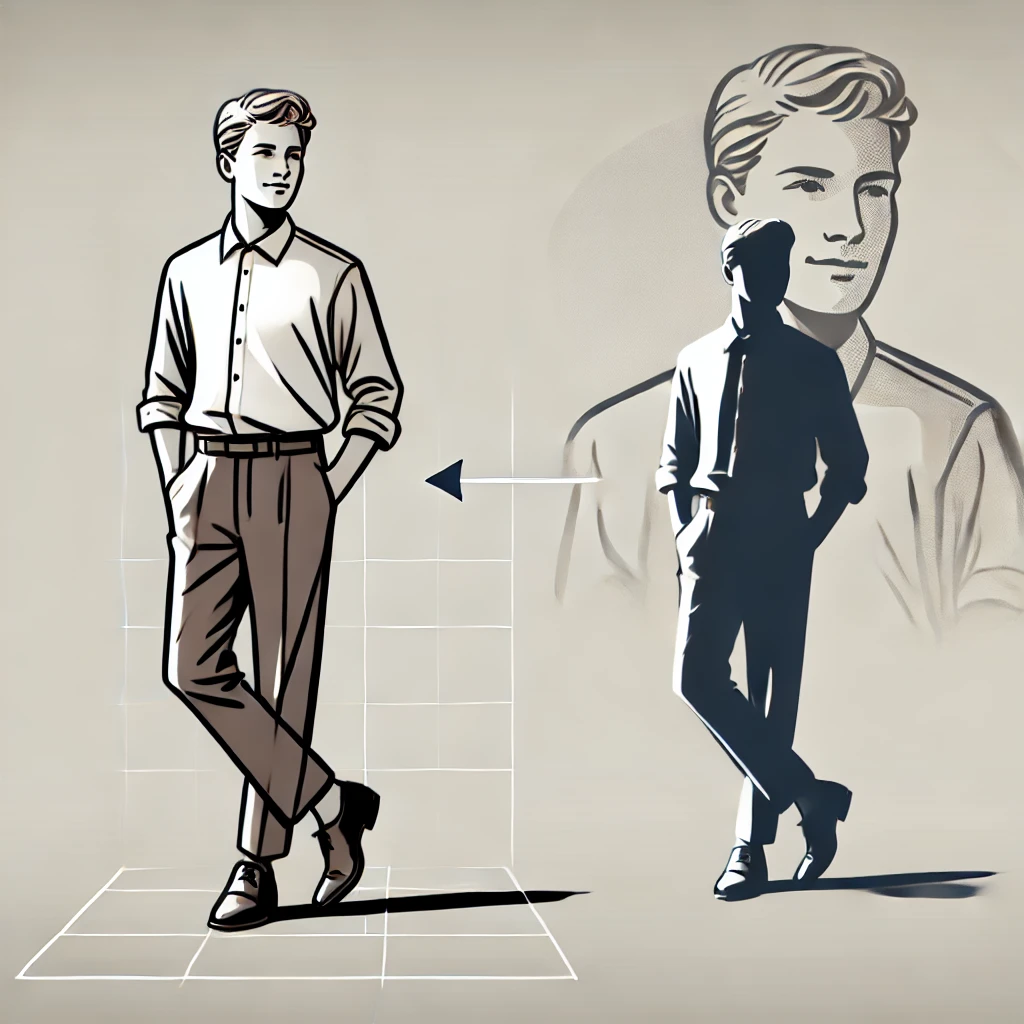
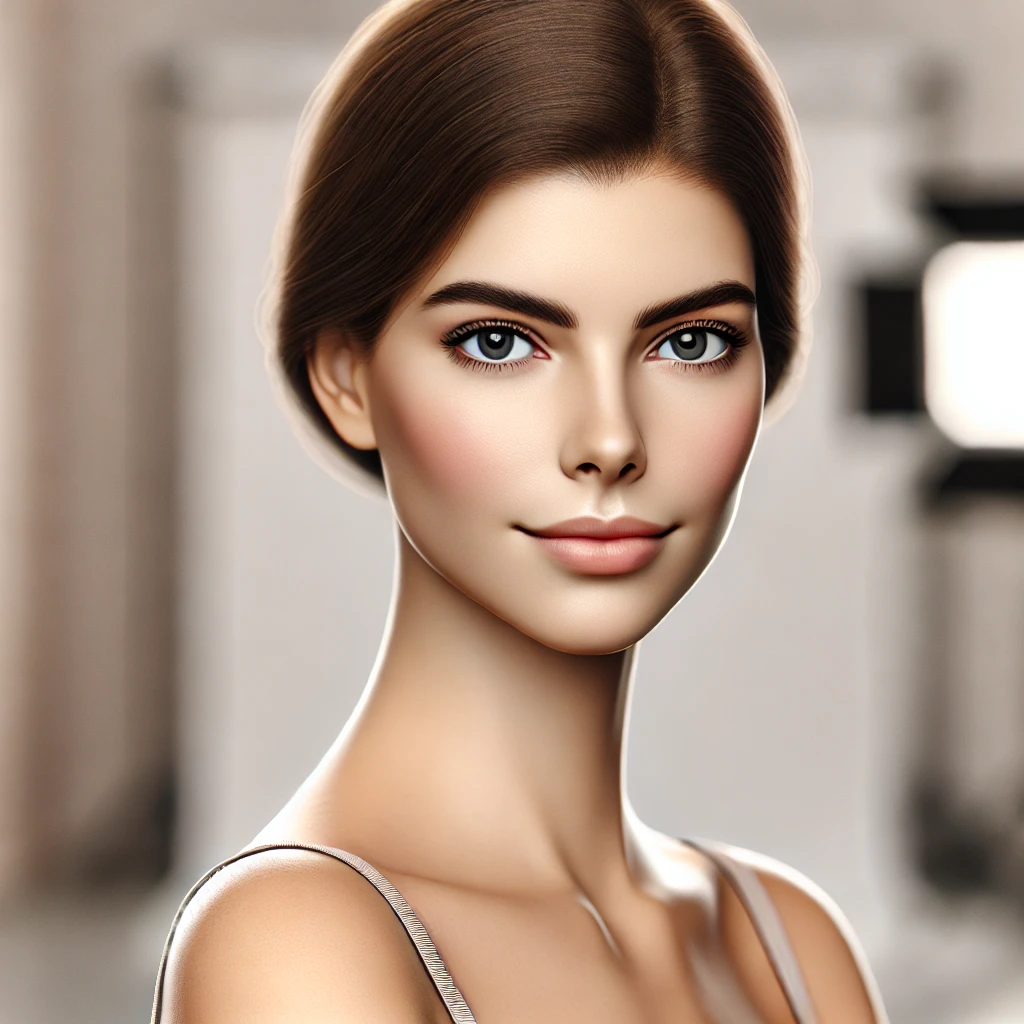

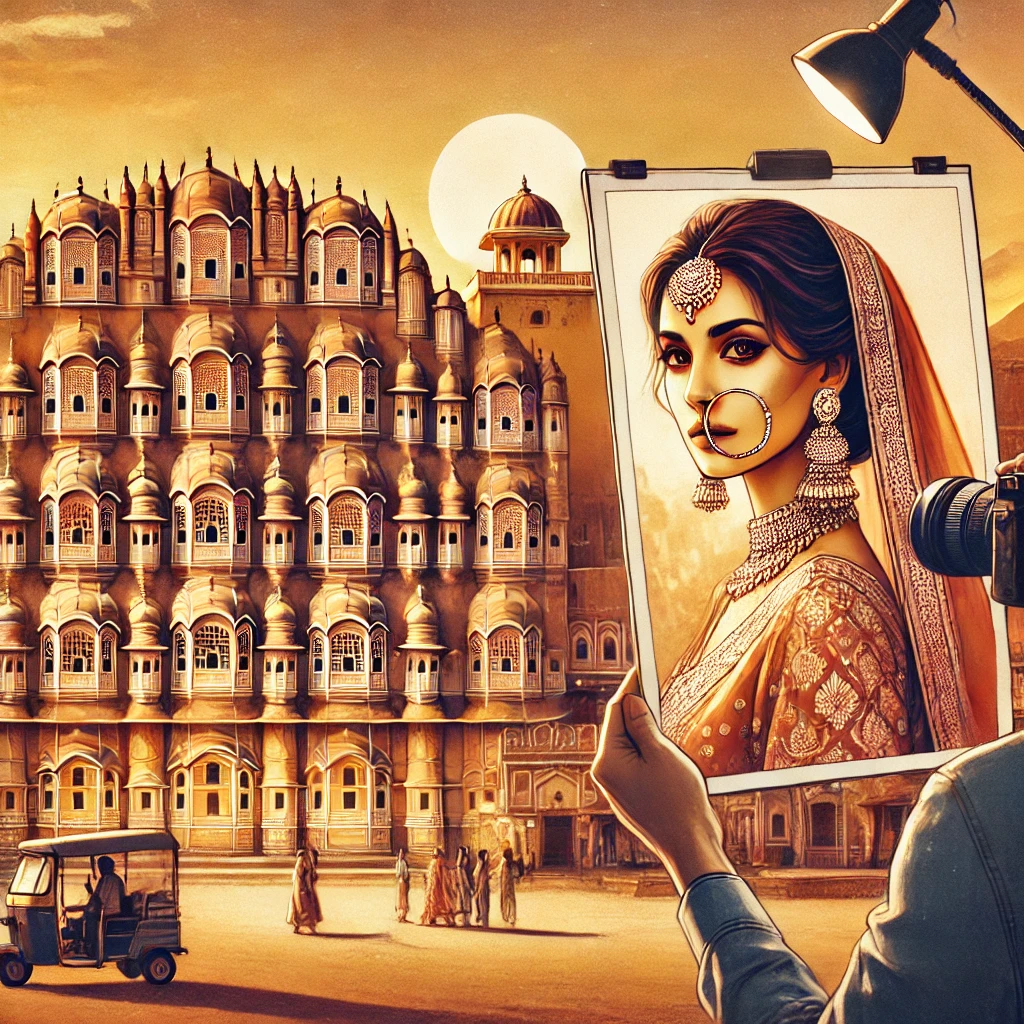
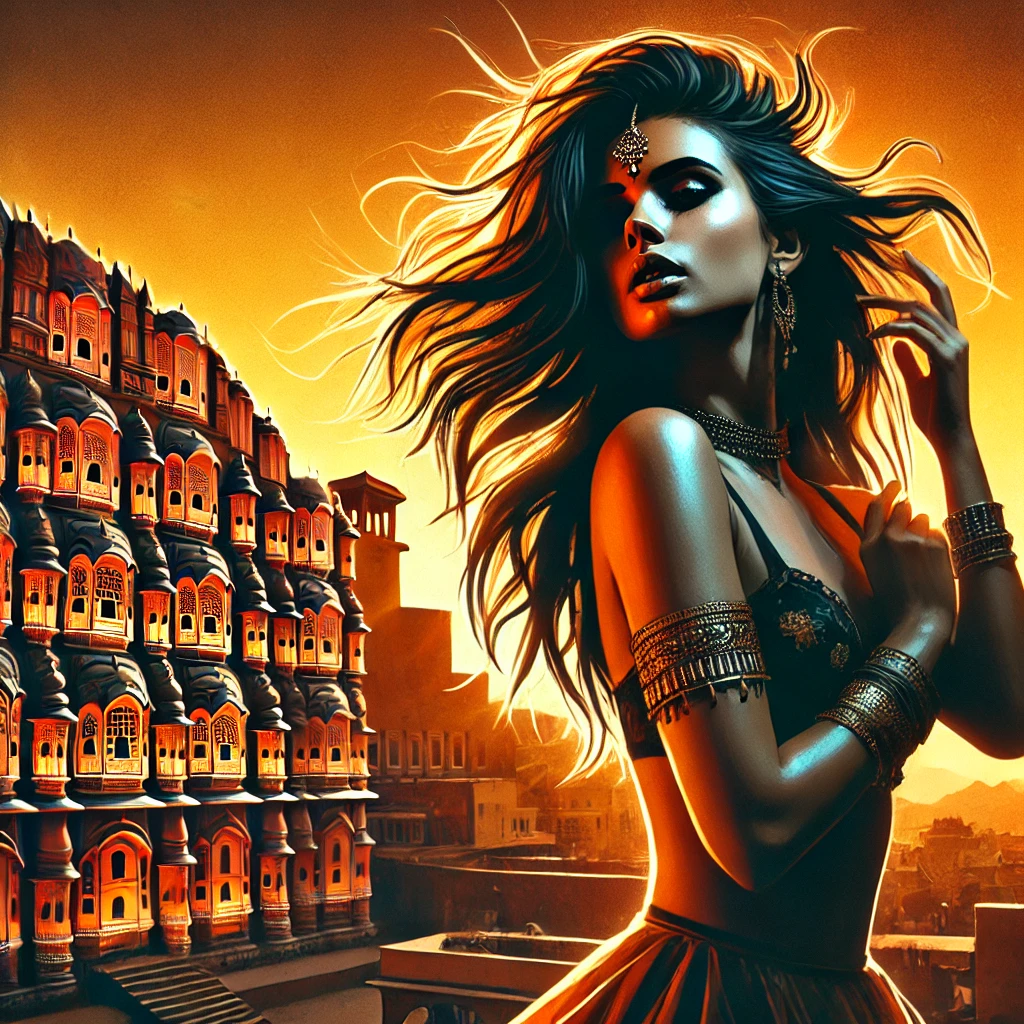

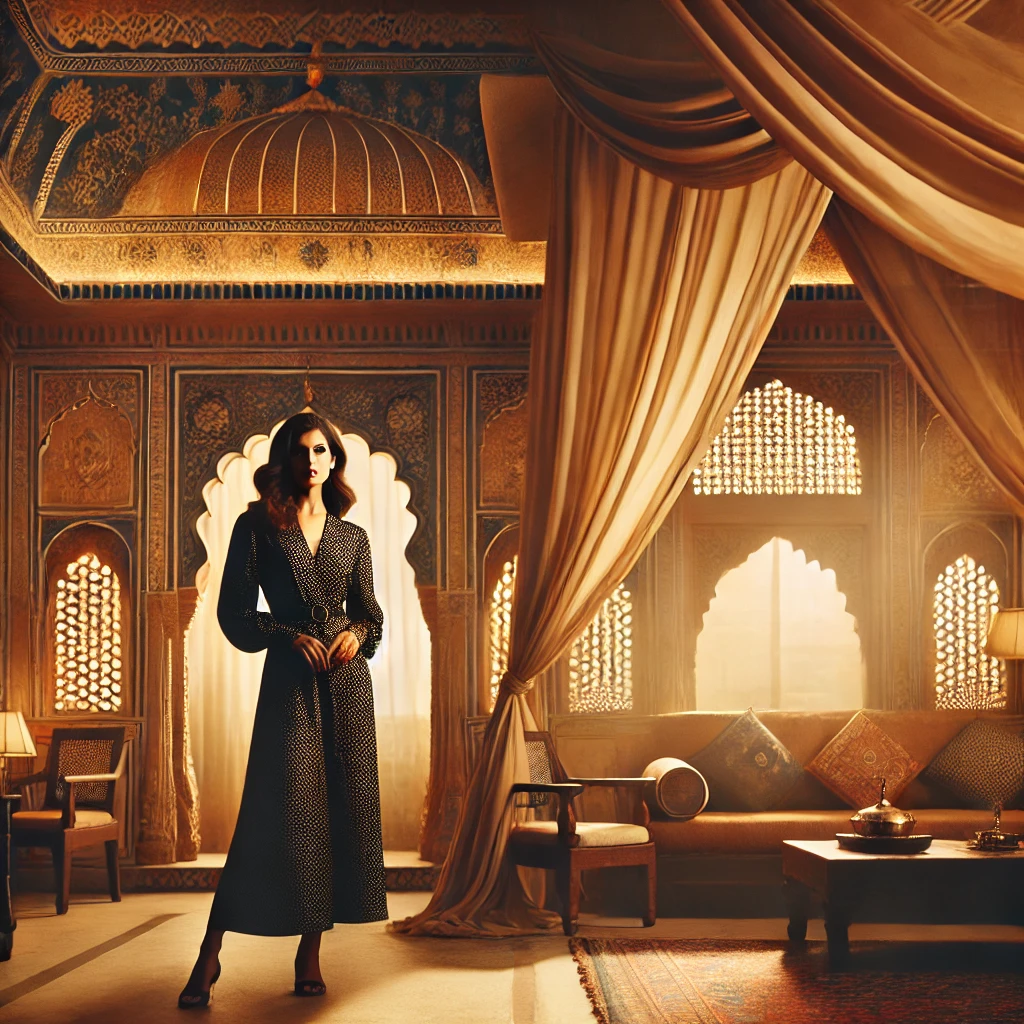
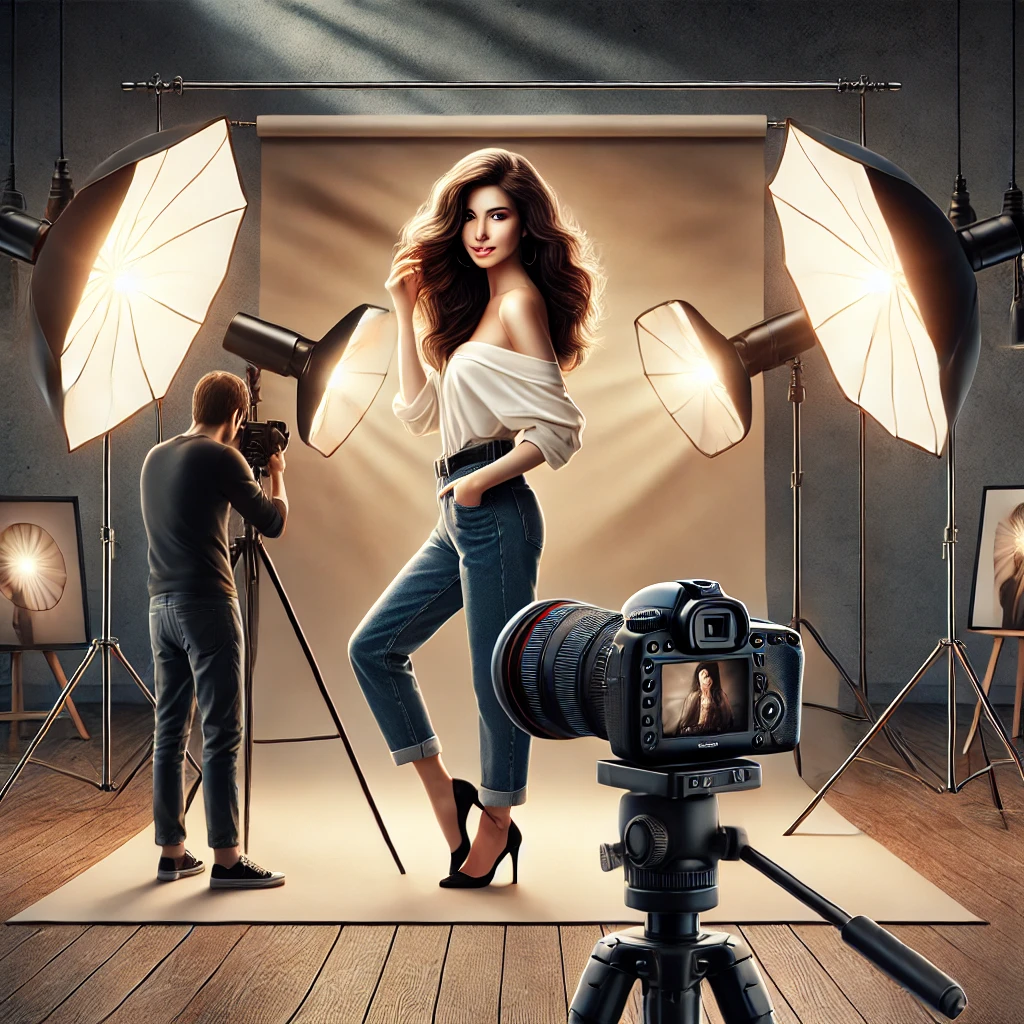
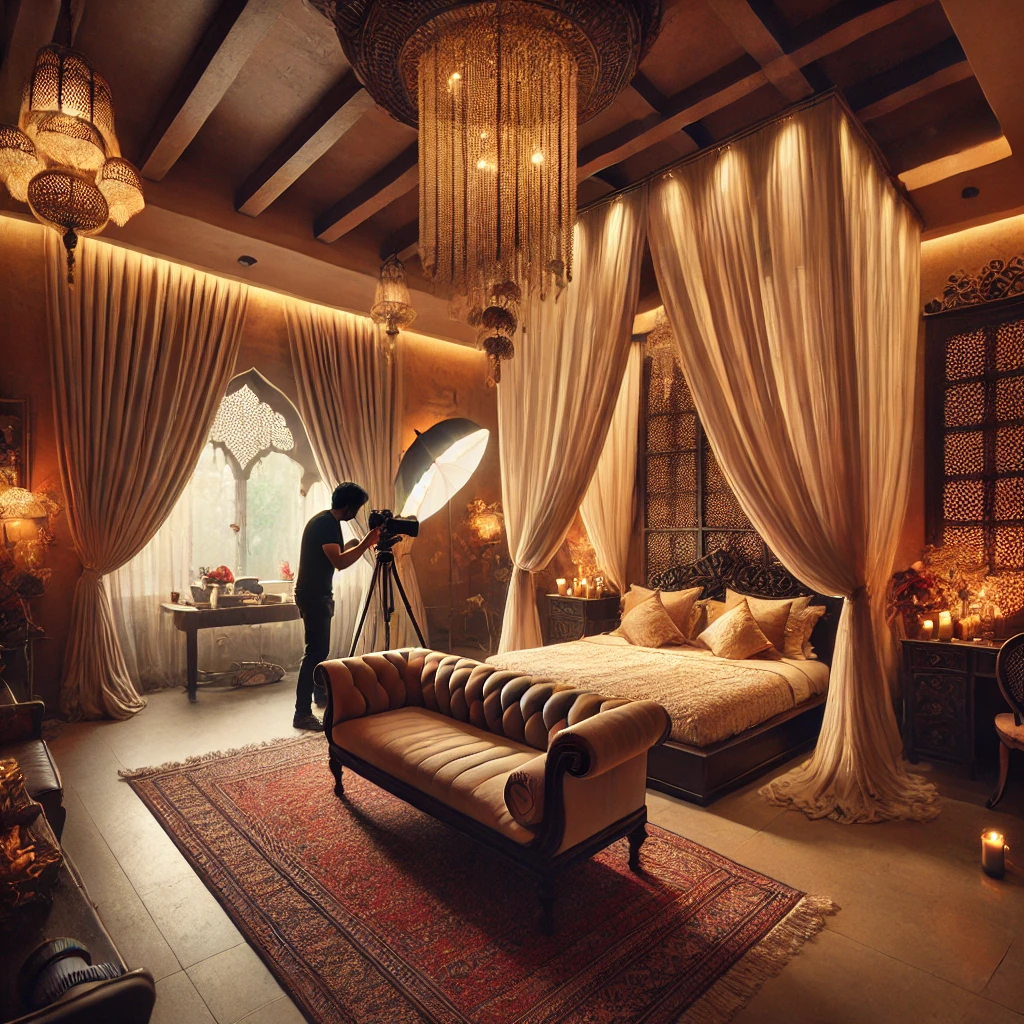
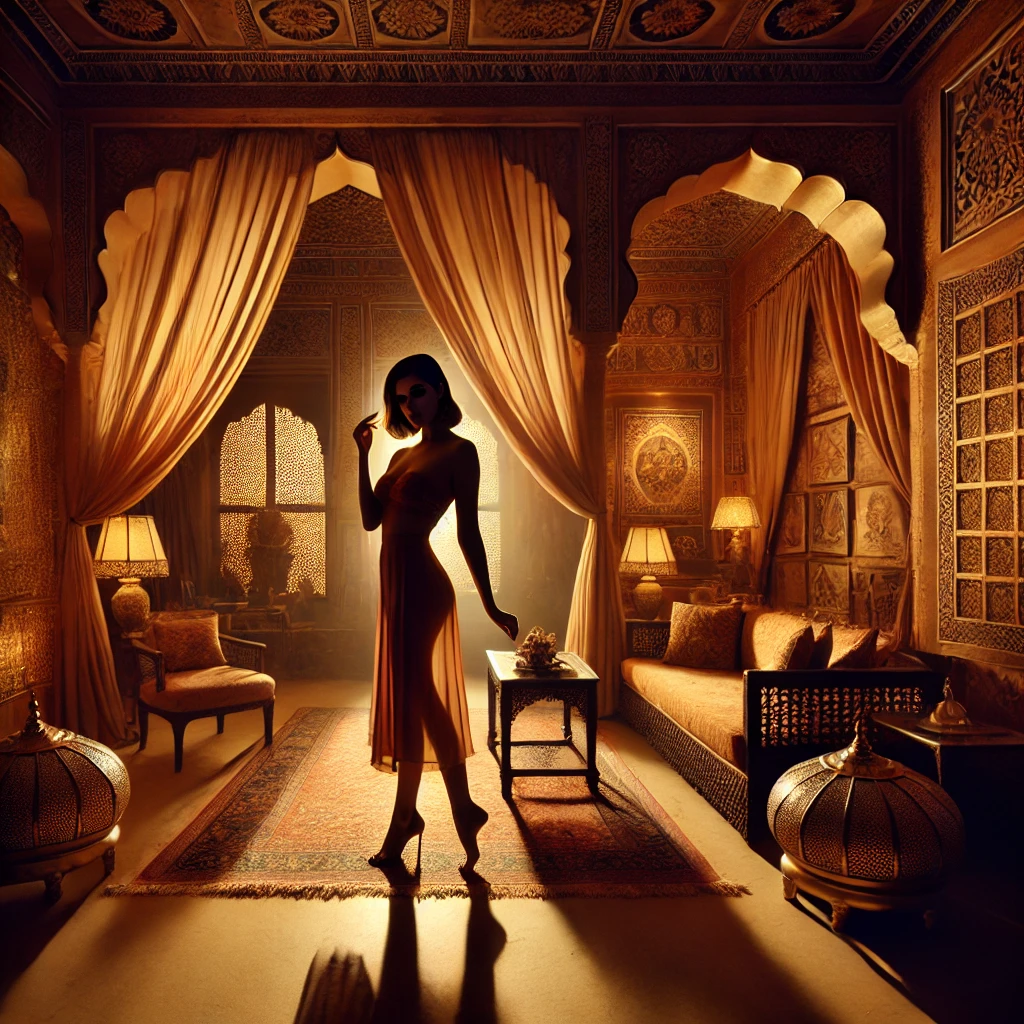
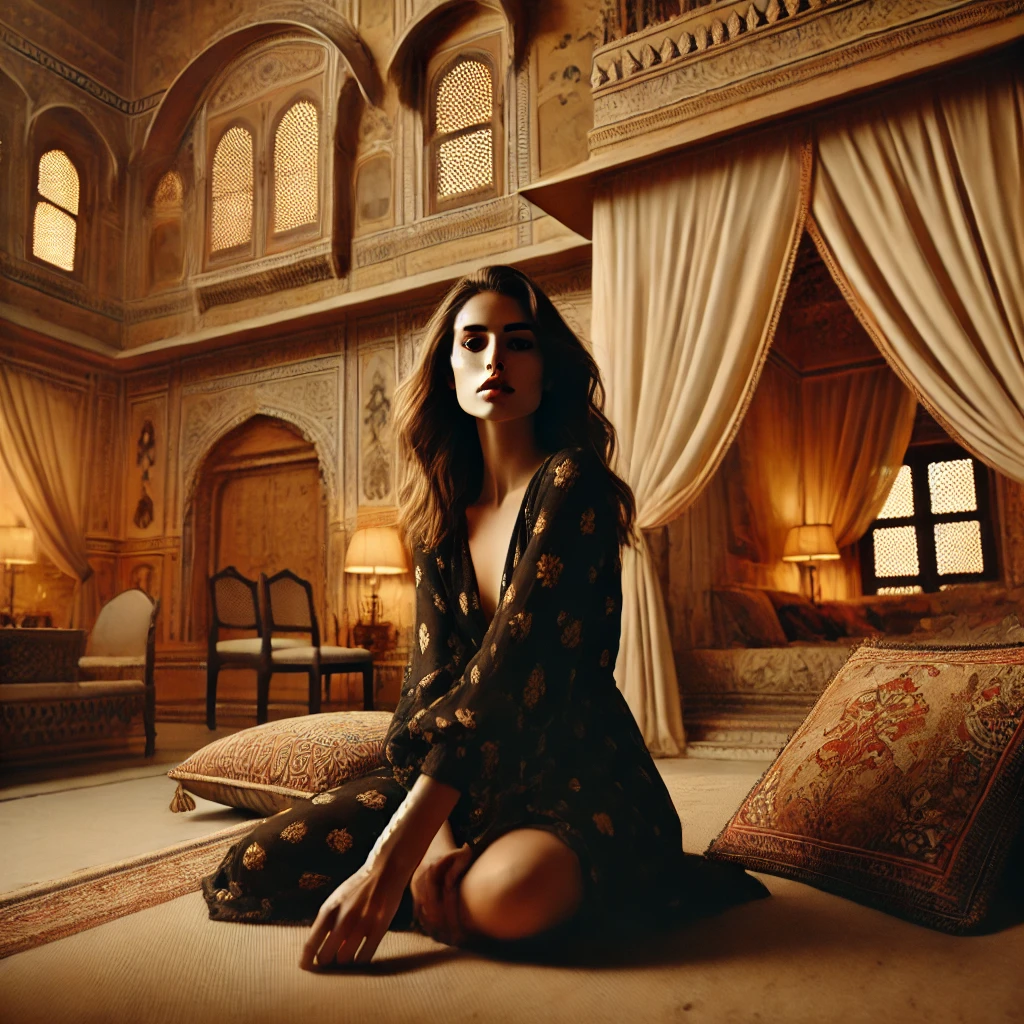
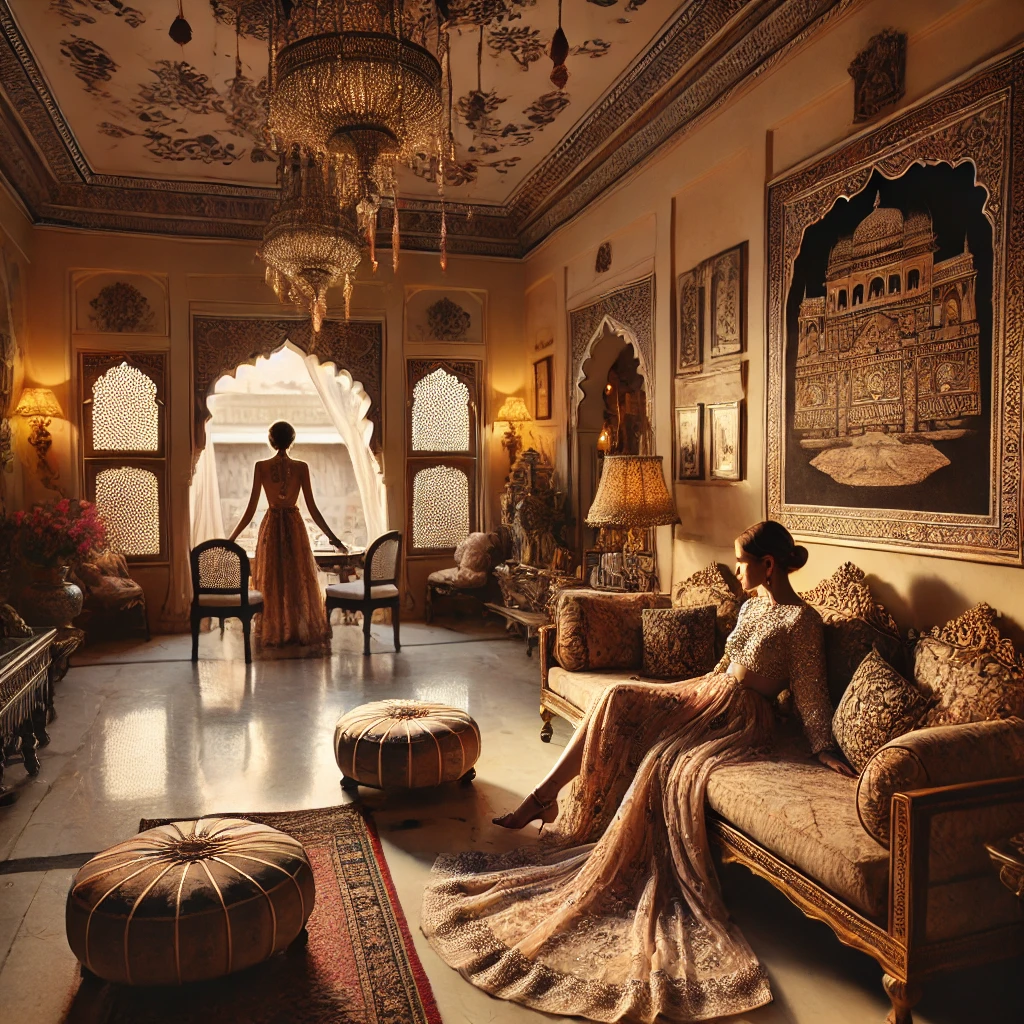
11. Case Study Deep Dives: Photographers With Strong Styles
Explore photographers like:
- Annie Leibovitz: Dramatic, narrative portraiture
- Brandon Woelfel: Neon-lit, dreamy color stories
- Vivian Maier: Honest, raw street photography
Study their choices in composition, lighting, and editing.
12. Developing Style Through Personal Projects
Client work may not always reflect your vision. Personal projects allow:
- Full creative freedom
- Exploration of themes and techniques
- Portfolio development with purpose
Examples include photo-a-day challenges or storytelling series.
13. Overcoming Style Blocks and Creative Ruts
When feeling stuck:
- Try a different genre (e.g., macro if you usually shoot street)
- Change locations or times of day
- Collaborate with other creatives
Creative blocks are part of the evolution process.
14. Letting Go of Trends to Embrace Timelessness
Trends fade. Style endures. Resist the pressure to mimic:
- Social media fads
- Overused presets
- Viral aesthetics
Focus on what feels true—not what garners likes.
15. Feedback vs. Inner Voice: Balancing External Input
While feedback is useful:
- Filter it through your own values
- Prioritize critique from trusted peers
- Use feedback to refine—not reshape—your style
Your inner voice must stay at the center.
16. How to Document and Reflect on Your Evolving Style
Keep a photography journal or style sketchbook:
- Reflect on sessions, ideas, and experiments
- Record what worked and what didn’t
- Include printed photos, annotations, and sketches
Reflection creates direction.
17. The Role of Storytelling in Style Creation
Every photograph tells a story. Style helps communicate it. Ask:
- Who or what is the protagonist?
- What emotion do you want to evoke?
- What do you leave out vs. include?
Storytelling gives your visuals emotional resonance.
18. Creating a Visual Signature Through Repetition and Variation
Developing a style means:
- Repeating techniques that work
- Varying small details to evolve
- Avoiding drastic shifts that confuse viewers
Like a painter’s brushstroke, your “signature” emerges over time.
19. Experimentation and Breaking Your Own Rules
Once you define your style, break it. Try:
- A new lens or perspective
- Shooting in black and white
- Minimal editing vs. heavy processing
Innovation happens outside comfort zones.
20. Combining Genres to Find Hidden Style Hybrids
Mix genres to discover new looks:
- Landscape + Fashion = Outdoor Editorial
- Street + Portrait = Environmental Character Studies
- Documentary + Fine Art = Visual Essays
Fusion leads to originality.
21. Curating a Portfolio That Communicates Your Style
Your portfolio should:
- Showcase consistent tones and themes
- Eliminate off-brand work
- Tell a cohesive story
Use galleries, websites, or photo books with intentional layout and flow.
22. How to Talk About Your Style With Confidence
Practice articulating:
- What themes you explore
- What techniques you favor
- What clients can expect
Confidence builds credibility.
23. Finding Style Without Comparison or Perfectionism
Comparison stifles growth. Instead:
- Focus on progress, not perfection
- Compare work only to your past self
- Remember that everyone’s timeline is unique
Stay centered in your journey.
24. Why Style Evolves: Embracing the Ongoing Journey
Your Unique Style in Photography is not static. It shifts as you:
- Grow personally
- Learn new techniques
- Experience life changes
Document transitions. Embrace them as part of your story.
25. Next Steps: Taking Your Style to the World
Once your style begins to solidify:
- Share it across platforms
- Enter contests and exhibitions
- Write about your process
- Teach others
Visibility attracts aligned opportunities.
Final Thoughts
Finding your Unique Style in Photography is not a destination. It’s a journey of self-discovery, technical growth, and creative expression. You don’t need to rush it. You only need to commit.
Style is where authenticity meets artistry. Honor both, and your voice will shine.
For more high-value insights on developing your photography voice, browse the blog at The Candid Shoot—where your story comes into focus.
📅 Book Your Photography in Jaipur Today
Whether you’re celebrating a personal milestone, growing your brand, or just want timeless memories, trust The Candid Shoot for professional photography in Jaipur with Most Popular Cameras that exceeds expectations.
📞 Call | 📱 WhatsApp | 📩 Inquiry Form

Mobile Photography Hacks: Candid Moments with Your Phone

Professional Model & Portfolio Photoshoots: Show Your Best Work
-

Street Photography Tips, Effects & Poses – Complete Guide
-

Leica Q2 for Photography: Why It’s Loved by Photographers
Mobile Photography Hacks: Candid Moments with Your Phone
Discover high-impact mobile photography hacks to capture genuine, gorgeous candid moments with your phone. Learn practical tips, composition secrets, and pro techniques to turn everyday scenes into stunning visual stories. Introduction: The New Age of Mobile Photography Photography has evolved beyond heavy cameras, technical jargon, and expensive equipment. Today, the power to capture extraordinary moments
Professional Model & Portfolio Photoshoots: Show Your Best Work
” Discover how to plan, style, and execute stunning portfolio photoshoots that showcase your skills, personality, and versatility. This comprehensive guide covers professional tips, posing ideas, gear suggestions, and industry insights for models and photographers.” Introduction – Why Portfolio Photoshoots Are the Cornerstone of a Photographer’s Career A well-crafted portfolio photoshoot is more than a
Street Photography Tips, Effects & Poses – Complete Guide
Discover the ultimate guide to Street Photography with expert tips, creative effects, and dynamic poses. Learn how to capture authentic urban moments, master composition, and tell powerful visual stories through your lens. Article Outline 1. Introduction to Street Photography Street Photography is more than just taking pictures of people in public spaces — it’s about
Leica Q2 for Photography: Why It’s Loved by Photographers
Introduction: The Cult Status of the Leica Q2 The Leica Q2 is not just a camera—it’s a statement. Combining the heritage of German precision engineering with modern digital excellence, it holds a special place in the hearts of professional and passionate photographers alike. With its full-frame sensor, prime Summilux lens, and minimalist design, the Q2
Top Cameras Under ₹1 Lakh for Freelance Photography
Freelance photography is no longer a niche—it’s a booming creative profession that demands not only vision and hustle but also the right gear. Your camera isn’t just a tool; it’s your storytelling partner. If you’re a freelance photographer aiming to balance performance, versatility, and budget, investing in a cameras under ₹1 lakh can offer the
Top Features of Nikon D850 That Make It Ideal for Photoshoots
Explore the top features of the Nikon D850 that make it a powerhouse for photoshoots. From exceptional resolution to dynamic range, this detailed Nikon D850 guide is built for professional and aspiring photographers. 1. Introduction When Nikon launched the D850, it quickly earned a reputation as a flagship DSLR that redefined what photographers could expect





